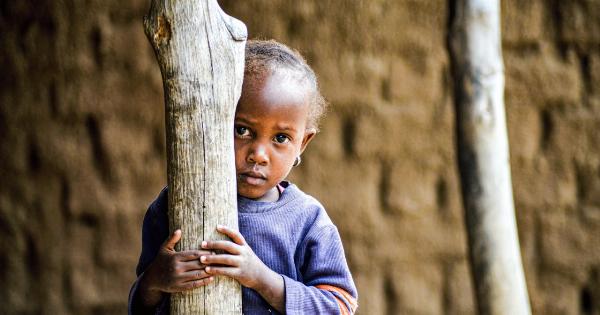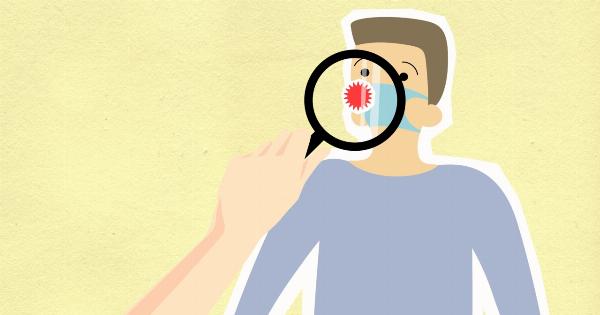Breathing difficulties can be a cause of concern for parents, especially when it comes to their little ones. Children experiencing problems with their breathing may manifest various symptoms that can range from minor discomfort to severe distress.
It is essential for parents to be informed about the diagnosis and management of breathing difficulties in children, to ensure timely intervention and appropriate treatment. This article aims to provide an overview of the common causes, diagnosis, and management strategies for breathing difficulties in kids.
Understanding Breathing Difficulties in Children
Children may experience breathing difficulties due to various factors, including respiratory infections, allergies, asthma, congenital anomalies, or obstructions.
It is crucial to identify the underlying cause of the breathing difficulties in order to provide appropriate medical care and management.
Common Causes of Breathing Difficulties in Kids
There are several common causes of breathing difficulties in children:.
- Respiratory Infections
- Allergic Reactions
- Asthma
- Obstructive Sleep Apnea
- Foreign Body Aspiration
- Congenital Anomalies
- Pneumonia
- Chronic Lung Diseases
- Environmental Factors
- Anxiety and Stress
Diagnosing Breathing Difficulties in Children
Accurate diagnosis is vital for determining the cause of breathing difficulties in children. Healthcare professionals use various diagnostic methods to evaluate respiratory problems in kids. These include:.
- Physical Examination
- Medical History
- Chest X-ray
- Pulmonary Function Tests
- Allergy Testing
- Sleep Studies
- Lab Tests (blood tests, sputum culture, etc.)
Management and Treatment of Breathing Difficulties in Kids
The management approach for breathing difficulties in children depends on the underlying cause. Here are some common treatment options:.
- Medication: Depending on the diagnosis, doctors may prescribe medications such as bronchodilators, corticosteroids, antihistamines, or antibiotics.
- Environmental Modifications: Identifying and minimizing exposure to allergens or irritants can help alleviate breathing difficulties.
- Lifestyle Changes: Encouraging a healthy lifestyle with regular exercise, a balanced diet, and adequate hydration can improve respiratory health.
- Respiratory Therapy: Techniques like pulmonary rehabilitation, breathing exercises, and airway clearance methods can enhance lung function.
- Surgical Interventions: In some cases, surgical procedures may be required to address structural abnormalities or obstructions.
- Education and Support: Empowering parents and caregivers with knowledge about breathing difficulties and their management is crucial for ensuring appropriate care.
Preventing Breathing Difficulties in Children
Prevention plays a crucial role in reducing the incidence and severity of breathing difficulties in children. Here are some preventive measures:.
- Ensure a smoke-free environment to minimize exposure to secondhand smoke.
- Practice good hand hygiene to prevent the spread of respiratory infections.
- Maintain a clean and dust-free living space to reduce allergen exposure.
- Encourage regular exercise and physical activity to strengthen respiratory function.
- Stay up to date with vaccinations to prevent respiratory infections.
- Minimize exposure to known triggers or allergens.
Conclusion
Breathing difficulties in children can significantly impact their overall well-being and quality of life. Timely diagnosis, appropriate management strategies, and preventive measures are essential for ensuring optimal respiratory health in kids.
By being proactive and knowledgeable about breathing difficulties in children, parents can provide the necessary support and care to help their little ones breathe easier.





























